Internet service providers (ISPs) block websites for a variety of reasons. Most of the reasons boil down to a new regulation or passed laws to protect copyrights. Of course, not all website blocking is problematic. Some websites, especially on the dark web, enable illegal activity to take place without any checks. Similar websites on the clear web (normal internet) get blocked as quickly as ISPs are able to act. However, in almost all cases, ISPs overstep the mark. Because of the increasing number of rules of what is considered bad content, ISPs end up restricting user access to websites that are actually useful. This is where government censorship programs step in and take content monitoring to the next level.
Apart from the obvious reasons why ISPs block websites, different ISPs make use of different methods to block websites. While most ISPs use sophisticated firewalls to block access to websites, there are other ways as well. Many of the newer methods will be discussed in the coming sections. Fortunately for online users, there are multiple ways to unblock websites that ISPs block. Among the top methods to unblock blocked websites include the use of a VPN, SmartDNS, and proxy services. VPNs probably offer the most straightforward way to unblock websites.
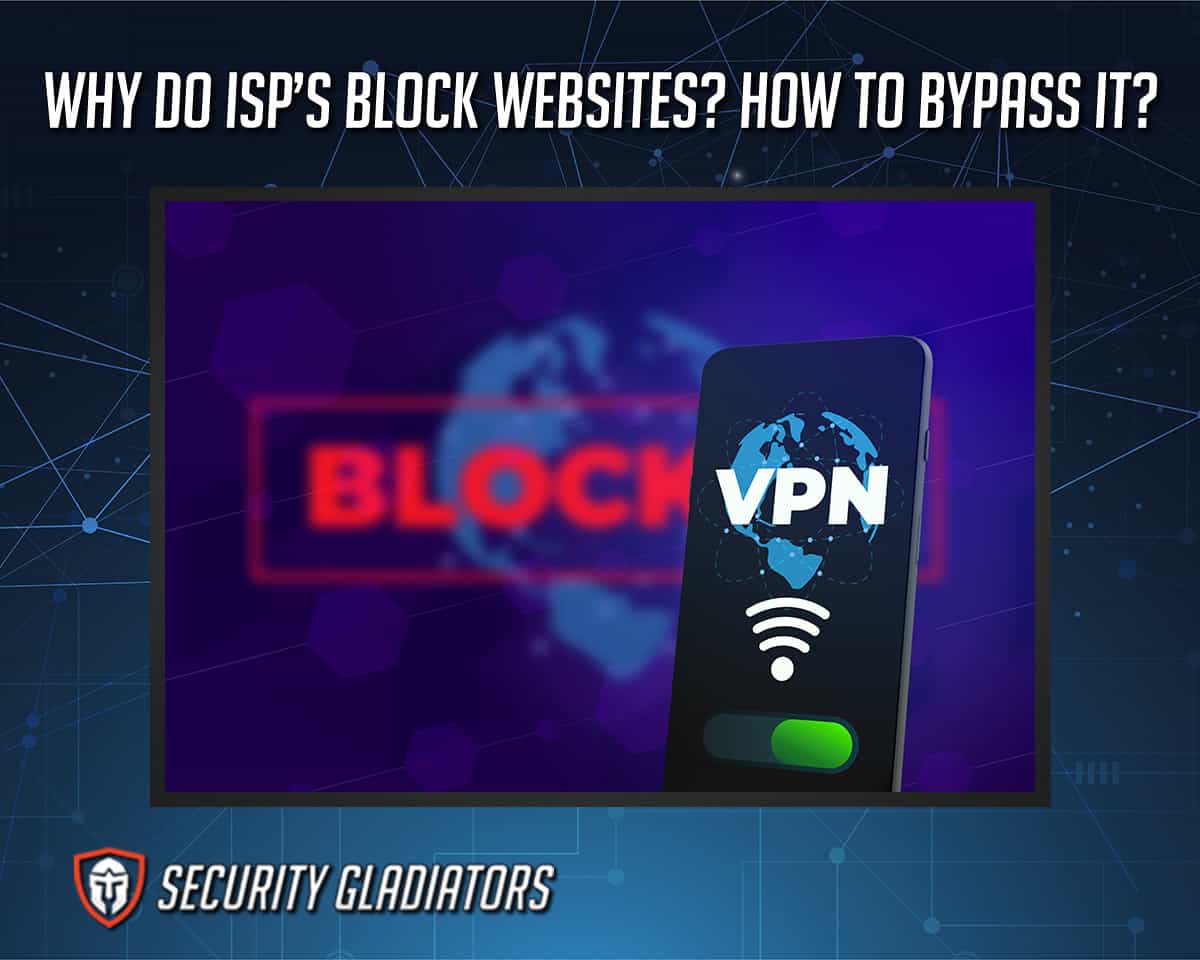
Table of Contents
Why Do ISP’s Block Websites?
Internet service providers are blocking websites all over the world. To understand why, readers should first understand that ISPs are businesses, and as businesses, ISPs have to comply with the laws of the country in which the service is incorporated. Using rules and regulations, governments can sometimes force internet service providers to block specific websites. Another reason why ISPs have started to block more websites is IPTV, or more specifically, the popularity of IPTV. IPTV services aren’t illegal. But many IPTV providers broadcast content from channels without licenses. ISPs block such IPTV websites and services. The same goes for websites that offer copyrighted material without prior permission from the creators of the content. Such websites include the majority of torrent websites, links websites like Megaupload, and third-party streaming websites like 9anime, fmovies, and 123movies.
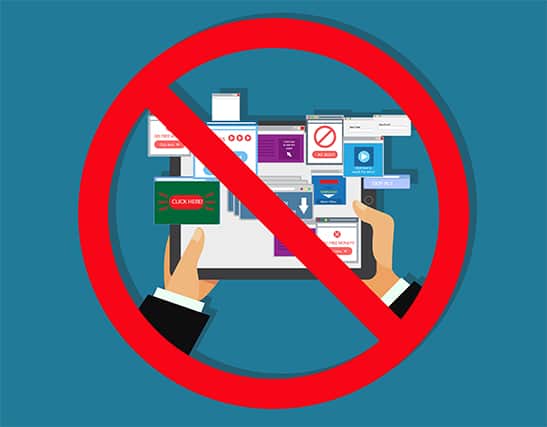
Internet service providers also have to block websites that may offer content going against the traditions and cultural values of the country the service is based in. Such websites include the ones that offer explicit content for free, malicious websites and phishing websites. Depending on cultural values, ISPs may also block streaming sites like YouTube and Twitch for potentially harmful content. Another reason why ISPs may block websites is to thwart competition. More specifically, there is nothing stopping ISPs from making access to a competitor ISP’s website slower, more difficult and outright impossible. If an ISP recognizes that a website is the source of illegal activities then that website may be blocked. Then there are sites like Netflix, Amazon Prime Video and Hulu. Such services are legal and offer legitimate content. But because of distribution rights, ISPs may be asked to block access to such websites.
How Do ISP’s Block Websites?
The main method ISPs use to block websites is via a firewall. Network administrators and internet service providers use firewall applications to control the flow of traffic passing through a given network. Using a firewall to block websites is as simple as setting outbound and inbound traffic rules. Once properly configured, the firewall implements the rules and blocks websites. For example, an ISP may decide that because of the misinformation on platforms such as Facebook, all access should be denied. A firewall will automatically block all inbound and outbound connections from and to Facebook for any user on the ISP’s network. Since ISPs own the network the user is accessing to consume content on the internet, there is little to be done to get around such problems. Another example is that of the Great Firewall of China which has blocked websites in China effectively for more than a decade.

Another method ISPs use to block websites is DNS filtering. To understand DNS filtering, users should know that every time there is a request to access a website, the browser has to talk to the ISP. The ISP can then use services such as DNS servers to look up the IP address of the website requested by the user. After a name is matched with an IP address, the ISP’s DNS server responds with the correct IP address. The user’s browser connects to the IP address. This is how ISPs control responses to DNS queries. To block a website, all ISPs have to do is to respond with an invalid IP address to a DNS request. Perhaps the most advanced technique is DPI or Deep Packet Inspection. ISPs can now analyze individual data packets.
How to Unblock Websites That My ISP Blocks? (Bypass ISP Restrictions)
No matter the technique an ISP uses to block a website, there are methods to bypass ISP restrictions easily. The top three ways to unblock websites that any ISP blocks are given below:
VPN
For the modern online user, VPNs are just privacy apps that hide the user’s IP address and encrypt traffic. VPNs also change the IP address of the user depending on the server connected to. By changing the IP address and hiding internet traffic, users can block ISPs from knowing anything about the user’s browsing habits. The steps to follow to use a VPN to unblock websites that an ISP blocks are given below:
- Pick a VPN service and then subscribe for a package by visiting the official website of the desired VPN service.
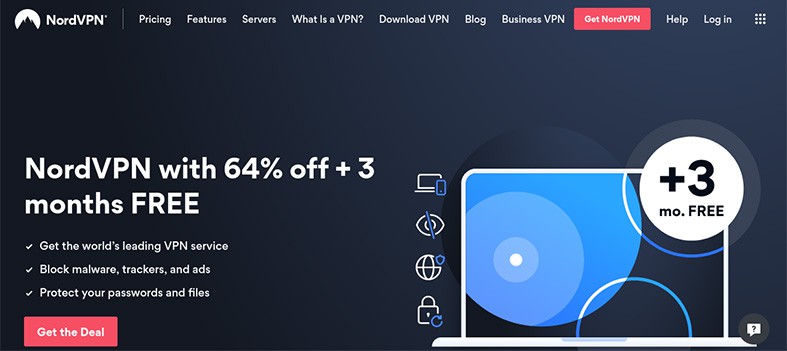
- Download the VPN app for the desired device and/or platform from the official website.
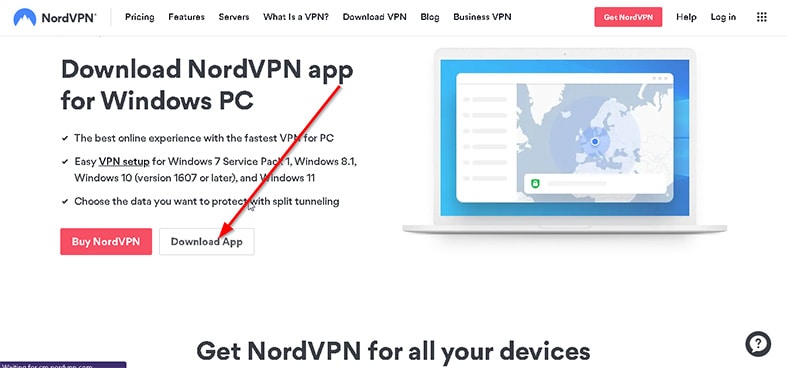
- Install the VPN app.
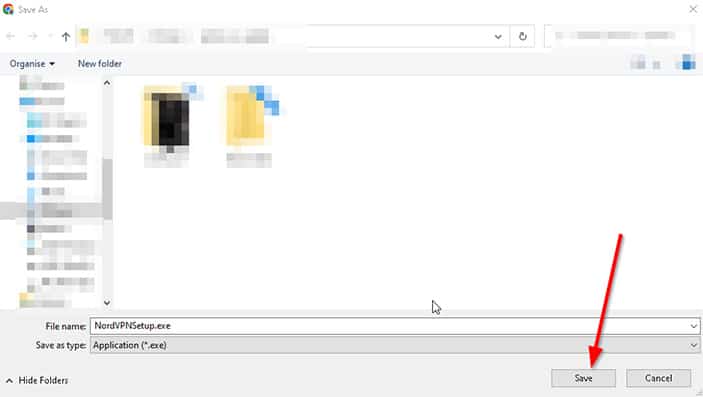
- Launch the VPN app and input login credentials. The login credentials are mostly created during the registration process. If not, then check the welcome email the VPN sends to the registered email address.
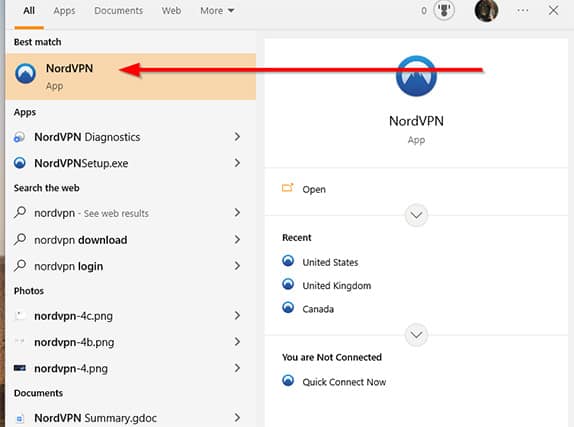
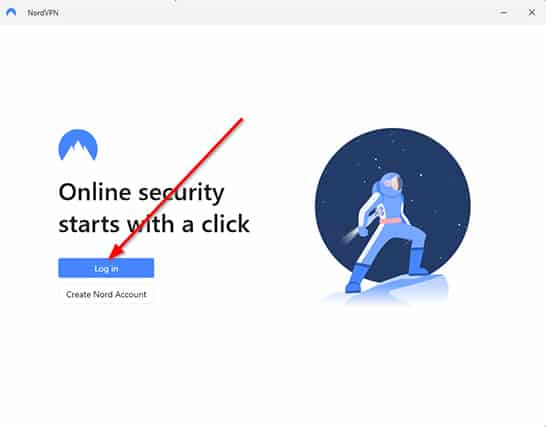
- Connect to an appropriate VPN server. Normally, a VPN server in a country with the least restrictions is suitable. The ideal server will depend on the website that needs to be unblocked. Generally, servers in the UK, the US, and Canada unblock most websites.
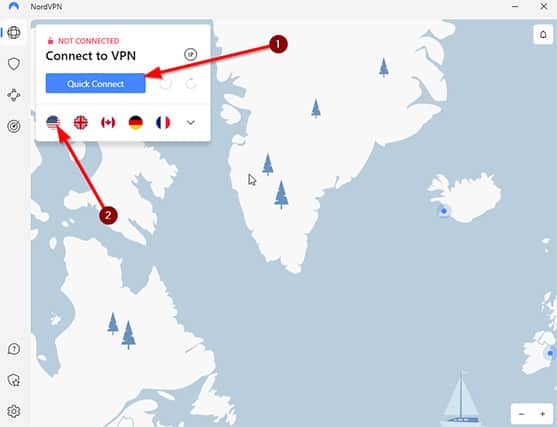
- Once a successful connection has been made with a server, the VPN app will encrypt the connection and inform the user. Then launch a web browser of choice.
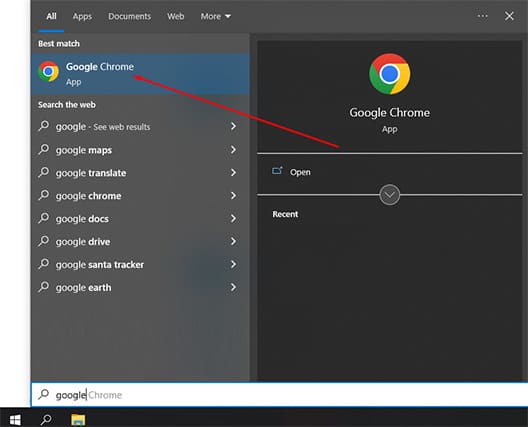
- Try to visit the previously blocked website by typing the address in the web browser’s URL bar. The contents of the website should load normally.
Since all of the user’s web browser activity will be linked to the server connected to, there is no way for the ISP to use firewall rules on a remote server’s IP address. Most elite VPNs also come with customized DNS servers. That means the user doesn’t even have to use the ISP DNS server to resolve DNS queries. In this way, techniques such as DNS filtering become ineffective at blocking websites. Because of VPN encryption, advanced techniques such as Deep Packet Inspection also fail because the ISP cannot decipher the contents of the user’s data packets.
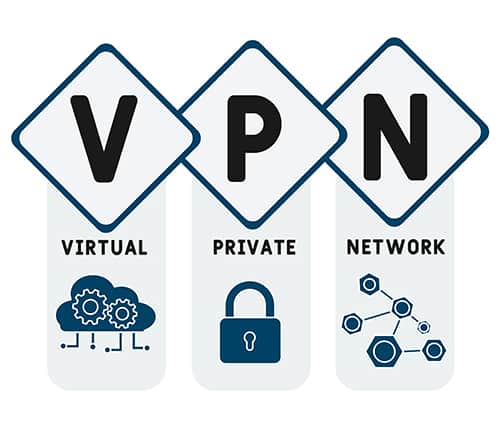
Proxy
Proxy services are also helpful when unblocking websites. Even though VPNs offer more advanced options, proxy services are light and usually do not require any installation. Just like VPNs, proxy services take the user’s DNS requests and forwards the information to website servers. All the while, the user’s real IP address is hidden. Proxy services do not encrypt the user’s internet connection. Because of that, some ISPs may still be able to block websites with techniques such as DPI and others. But Proxy services make up for the lack of advanced security features with better speeds and economical packages (if any as most proxy services are free). The steps to take to use a proxy service to unblock a website are given below:
- There is no need to purchase a subscription (in most cases) or download an app. Just go to the official website of the desired proxy service via any web browser.
- Once there, use the URL bar provided to go to the blocked website with help from a proxy server. Some proxy services require the user to explicitly press the Go button on the official website instead of the keyboard enter key.
- Enjoy new content.

Note:
As mentioned before, a proxy service is a simple solution to bypass website blocking tools. However, proxy services sometimes don’t work.SmartDNS
SmartDNS services work pretty much the same way as VPNs and proxy services. Essentially, smart DNS services intercept the user’s internet traffic and re-route the data through a proxy server located in a country of choice. The proxy server is mostly owned by the Smart DNS service. If the website in question is not blocked in the country where the proxy server exists, then the user can access the content on that website. If the website is still blocked, then SmartDNs services provide options such as servers in other locations to try and unblock the desired website. The user can continue to change locations from the comfort of the home until the website gets unblocked. Using smart DNS services is easy. The steps to unblock websites via SmartDNS services are given below:
- There is no need to install any app or extension to use SmartDNS services. Simply go to the official website of the SmartDNS to start things off.
- Sign up for a package.
- Note down the DNS settings from the official website.
- Go to the device that will be using the SmartDNS service and go to the Settings menu.
- From there change DNS settings.
- Depending on the location, the SmartDNS configuration information will change.
- Unblock the website and enjoy new content. To unblock a site like Netflix, users will first change the DNS settings on the device, use the DNS server address from the official smartDNS website, log in to Netflix and start streaming.
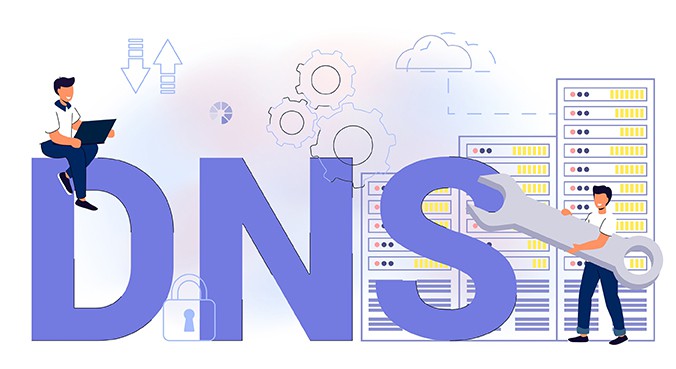
What’s the Best VPN for Unblocking Websites?
The best VPNs for unblocking websites are the ones with lots of servers, locations, dedicated apps and powerful encryption. Some VPNs offer advanced features like double VPN, dedicated IP address, RAM-only servers, money-back guarantees and zero logs. All these features make a VPN better at unblocking websites. The best VPN for unblocking websites are:
- NordVPN:
- Double VPN
- Tor Over VPN
- AES 256-bit encryption
- Zero logs
- Live chat support
- Fast servers
- RAM-only servers
- NordLynx protocol support
- 5000+ servers
- Over 60 locations
- SurfShark:
- Unlimited simultaneous devices
- Huge discounts on longer subscription packages
- AES 256-bit encryption
- Zero logs with audit reports
- Fast servers
- Ability to consistently unblock popular websites
- Powerful security tools
- Cryptocurrency support as payment method for more privacy
- 3200+ servers
- 100+ locations
- ExpressVPN:
- 3000+ servers
- 160+ locations
- Unlimited Switches
- IP address masking
- Fast dedicated apps
- Split Tunneling
- TrustedServer
- Network Lock
- Private DNS
- Zero logs
- AES 256-bit encryption
How to Tell if Your ISP is Blocking Websites
There are many ways to tell if the internet service provider in question has blocked a given website. The first thing to do is to check the error message that appears when the website is accessed. If the internet is working and the website address is correct, then entering the website multiple times over a short period should fix any connection problems. If not, then that is a strong sign the ISP has blocked the website. Sometimes, ISPs put up a notice in the form of a webpage which is shown to users whenever a blocked website is accessed. The notice informs the user that the given website is prohibited for access in the country. There are times when website owners or a specific government program is blocking the website instead of the ISP in question. Trying to access the same website via mobile data is another way to tell if the ISP is blocking a given website. If the ISP is not blocking the website, then the attempt to access the website via mobile data should be successful.
Following that, websites such as isitdownorjust.me and isup.me are very good at identifying the problem with the given website. Such websites tell the user if the website is down only for one user (that is, the user accessing the tool) or for everybody. If the website is down for everybody then that is a clear sign the ISP is not blocking the given website. Another simple way to check if the ISP is blocking a given website is to use a proxy server to try and access the website. If the proxy server is able to open the website just fine, then that means the ISP may be blocking the website.

